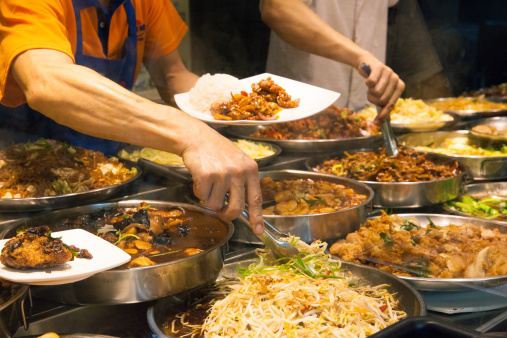Close to one-third of people in Singapore eat out more often than they do at home.1 Many opt to grab meals at hawker centres and food courts because they offer a wide variety of tasty local and international dishes at an inexpensive price.
It is also common for Singaporeans to veer towards unhealthier food choices, sometimes simply because they don't have time to queue for the healthier options. Local favourites such as nasi lemak, chicken rice, laksa, roti prata and char kway teow can be higher in cholesterol and packed with excessive calories, fat, sodium and sugar.
By fine-tuning your selection, you can still enjoy the convenience and affordability of going to a hawker centre or food court while limiting the long term implications that eating out could have on your health.
Here are five smart food choices you can make at hawker centres and food courts which would be better for your health.
